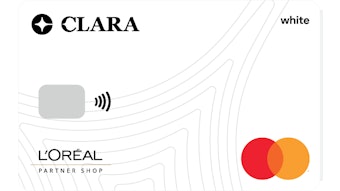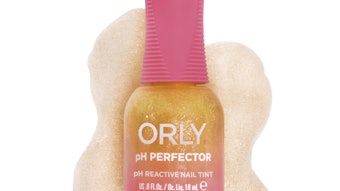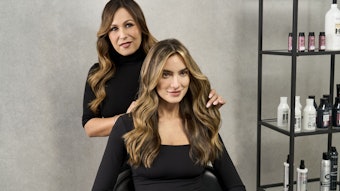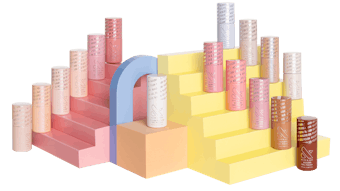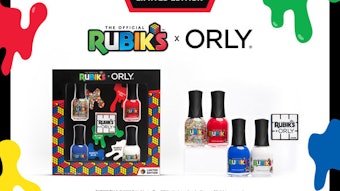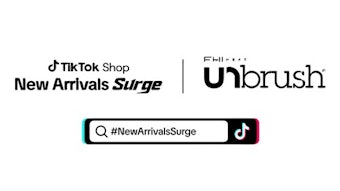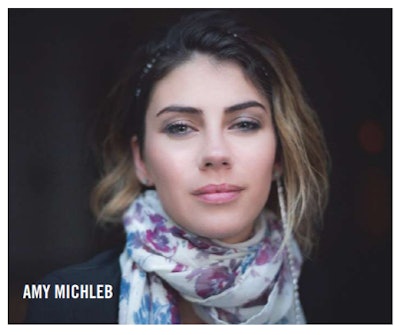
I started hairdressing in 2003, and over the years have become extremely passionate about our industry—especially education. I have traveled and taught classes across the world, alongside some of the industry’s largest brands. I am lucky to have been on this journey with my husband and business partner, Woody Michleb, who is my inspiration; together we are salon owners, and also own a line of products and hair tools. But I am on a forced hiatus from what I love. In May 2016, I was healthy and working full time. Only a day or so before my diagnosis, I was chasing my kids around the garden and jumping on the trampoline. Over the course of not feeling well for a few days, I went to the doctor and was subsequently admitted to a hospital, where I rapidly went from fi t and active to almost fully paralyzed. After two weeks of waiting for a diagnosis, I learned I had Guillain-Barré syndrome, an autoimmune disorder where, after fighting a virus or infection, your body starts to attack its own nervous system. I then spent almost two months in the hospital and a rehabilitation center before I was discharged to come home.
Six months later, I am still suffering greatly and far from a recovery, but I am lucky to have my support network to keep me positive—many are beauty industry peers. I am wheelchair-bound and unable to use my fingers and hands, so for me to just stand behind a guest and do hair seems like a dream. This disease has not taken away my voice or my sense of who I am, so I plan to spend time recovering and afterward raising awareness of invisible illness and suffering. Since I became unwell, many people have encouraged me to use my platform to increase awareness of the everyday struggles that some people go through, and I am honored to be a spokesperson for not only my disorder, but also the world of autoimmune disorders. Nearly half of Americans suffer with some type of chronic illness, and 96 percent of those are invisible and misunderstood. What I have learned is that there are two types of pain with invisible illness: There is the pain you feel in your body (maybe this is chronic neuropathy and paralysis like me) or other symptoms, and the second is in your heart. I know everything that happens in life is something we should use to make ourselves stronger and learn from—through this experience I have learned who in my life is there because they like me for me, and who was there because of what my skills or position could offer them. I know that when I am done with this part of my life test, I will only be surrounded by those who truly care for me, and I will be there for others who are suffering. As beauticians we spend time making people feel good about themselves; we have all had those guests who come and confide in us their personal stories. Perhaps this story touches you, or reminds you of someone you love who is suffering, but I also hope you will be able to apply it to a client who sits in your chair suffering from an invisible illness. This may be the only time she ventures out into the world and socializes with someone for days, and taking that extra time to listen to her may change her outlook to a more positive one. I look forward to the day I can return to the stage, do some beautiful hair and be an educator once again. Until then, it is all of you who provide me with my positive outlook. —As told to Alyson Osterman-Kerr
Live & Learn/POV *For information on Guillain-Barré syndrome, visit GBS-CIPD.
[Images: BABAK]
